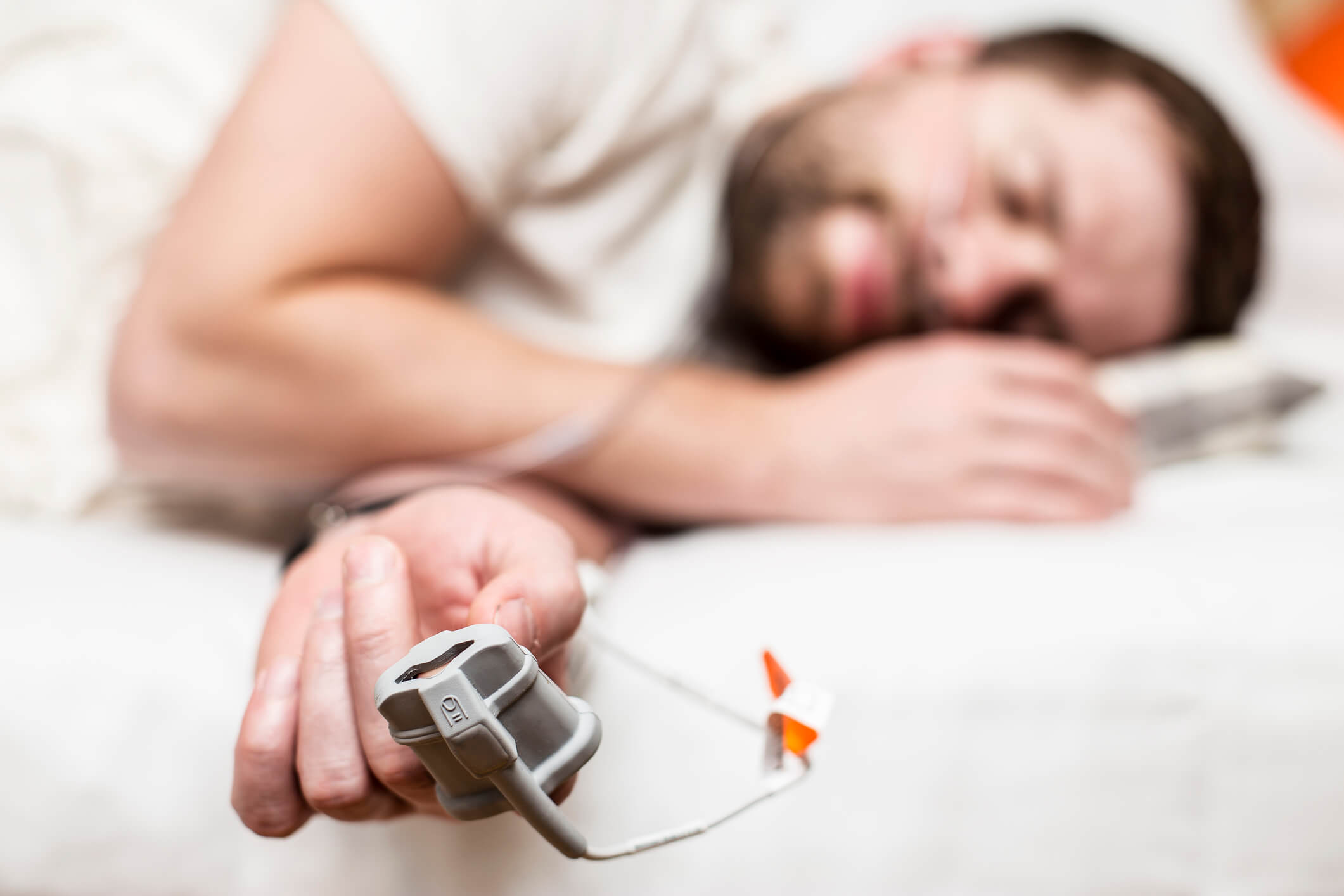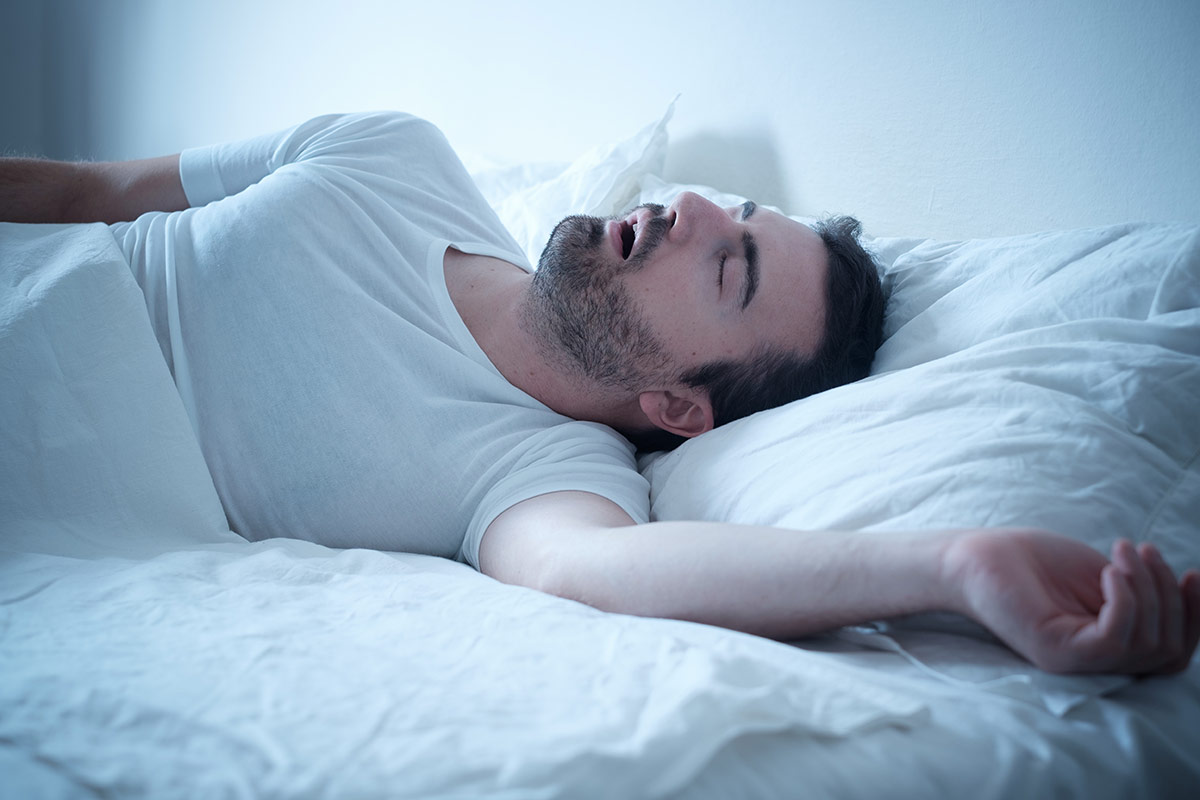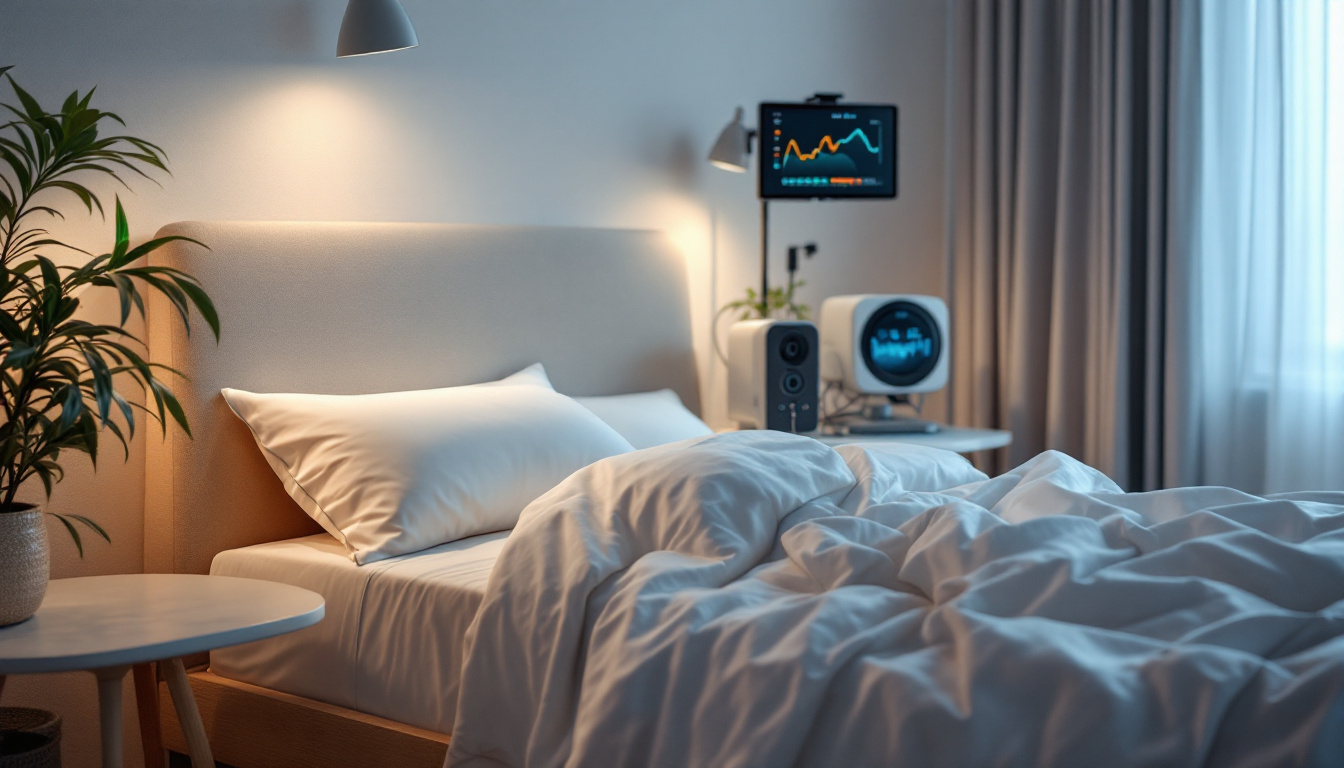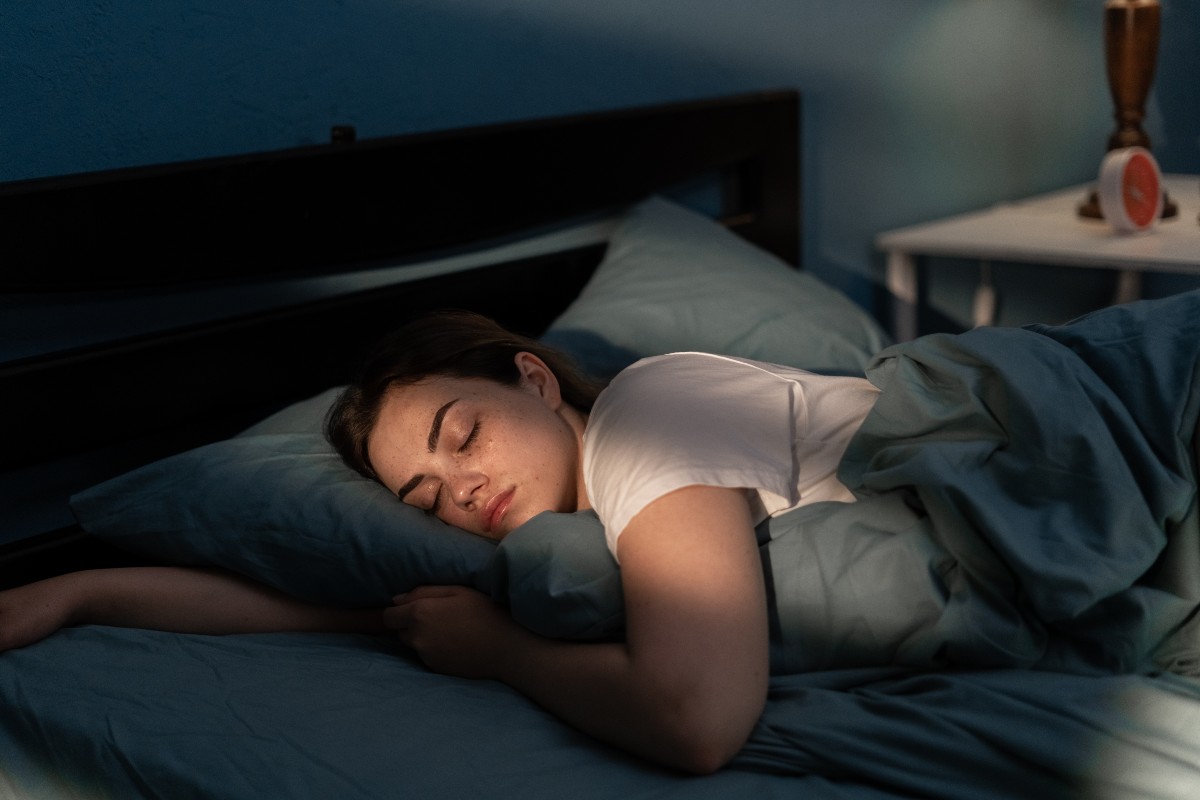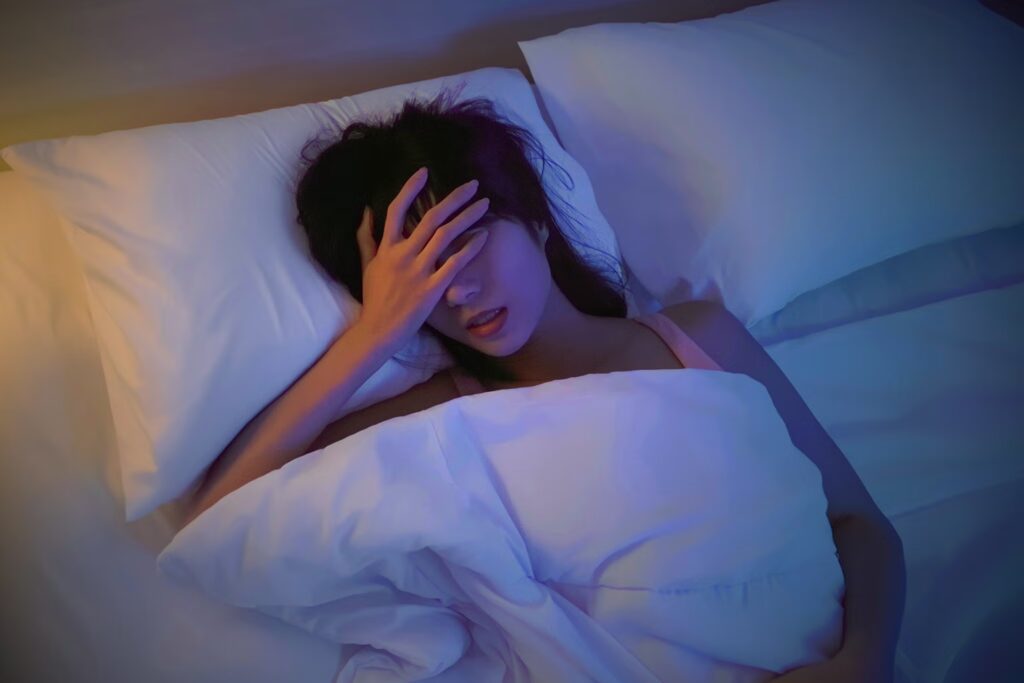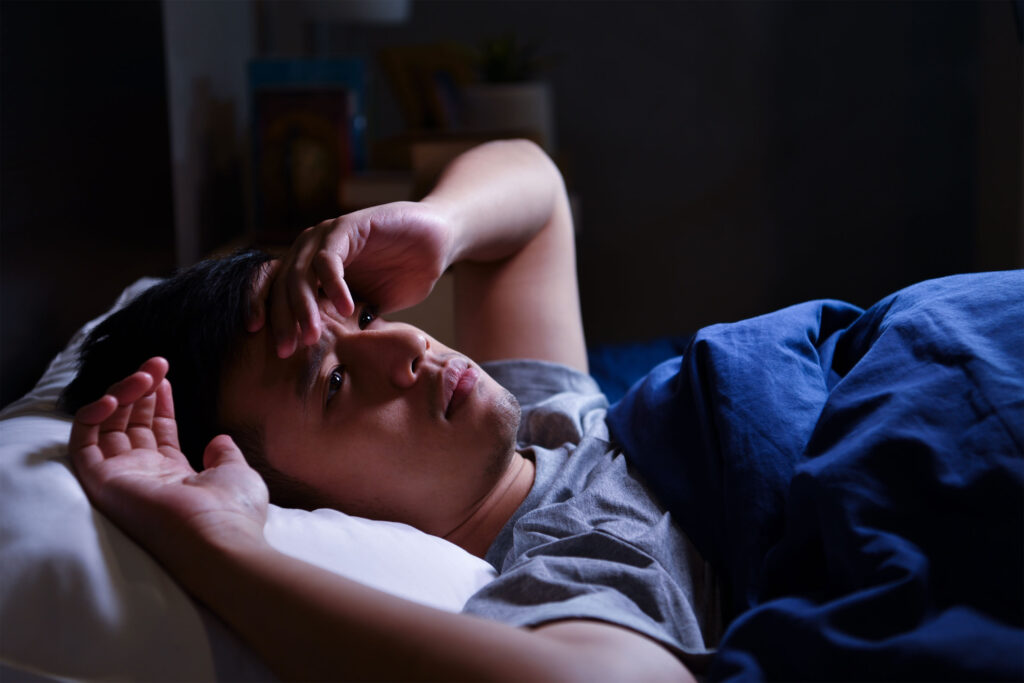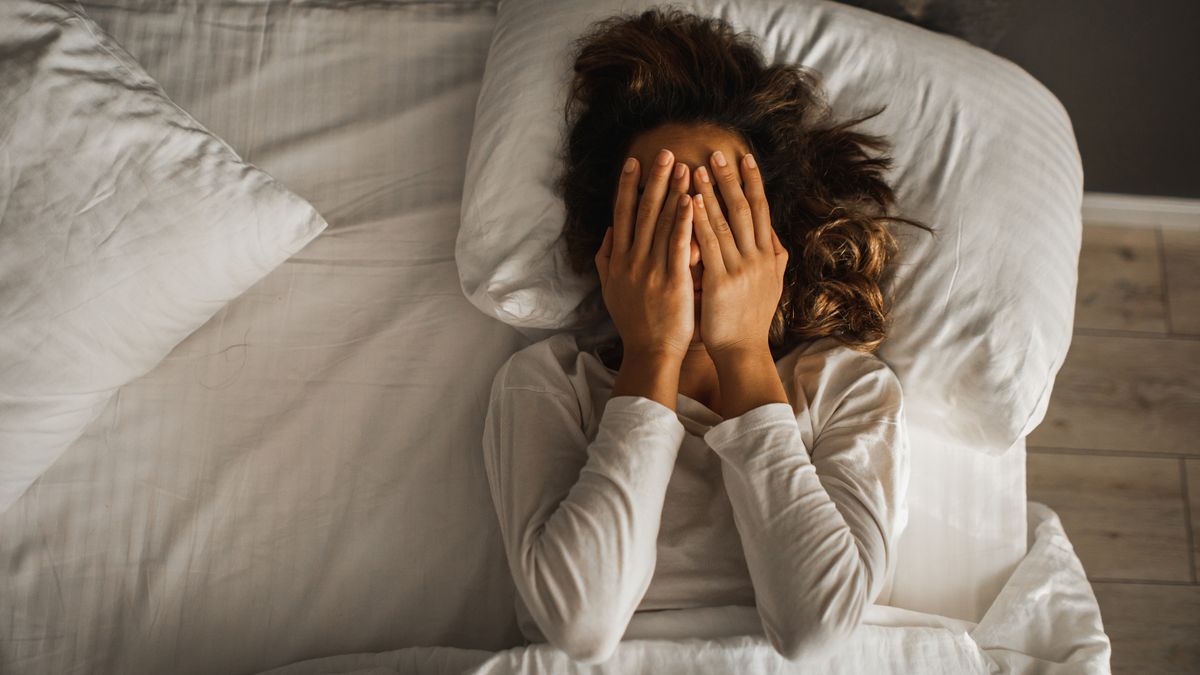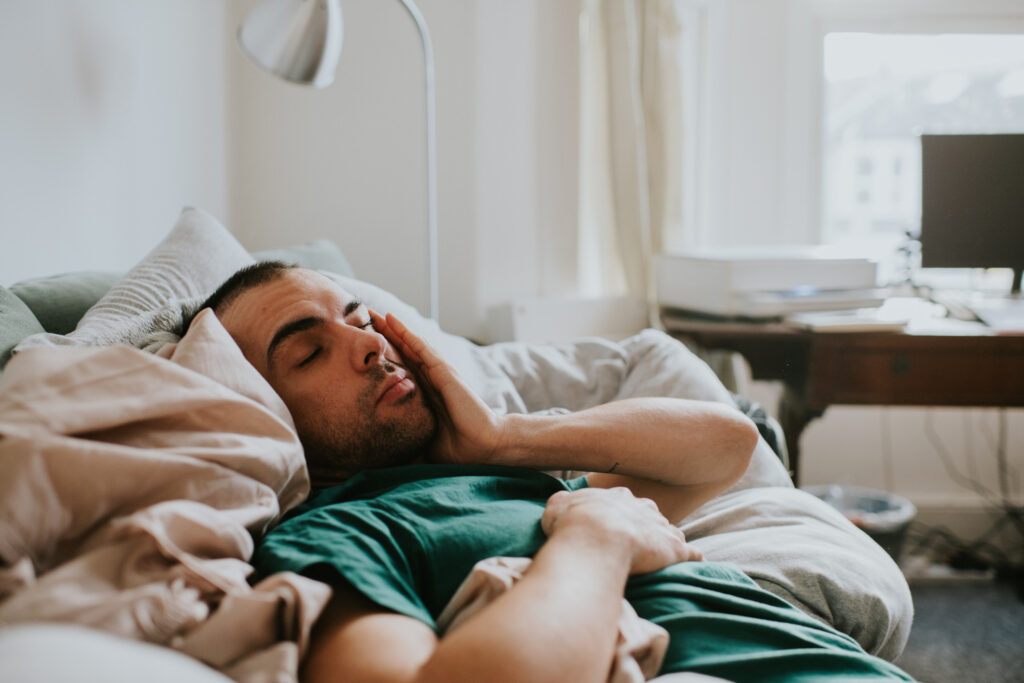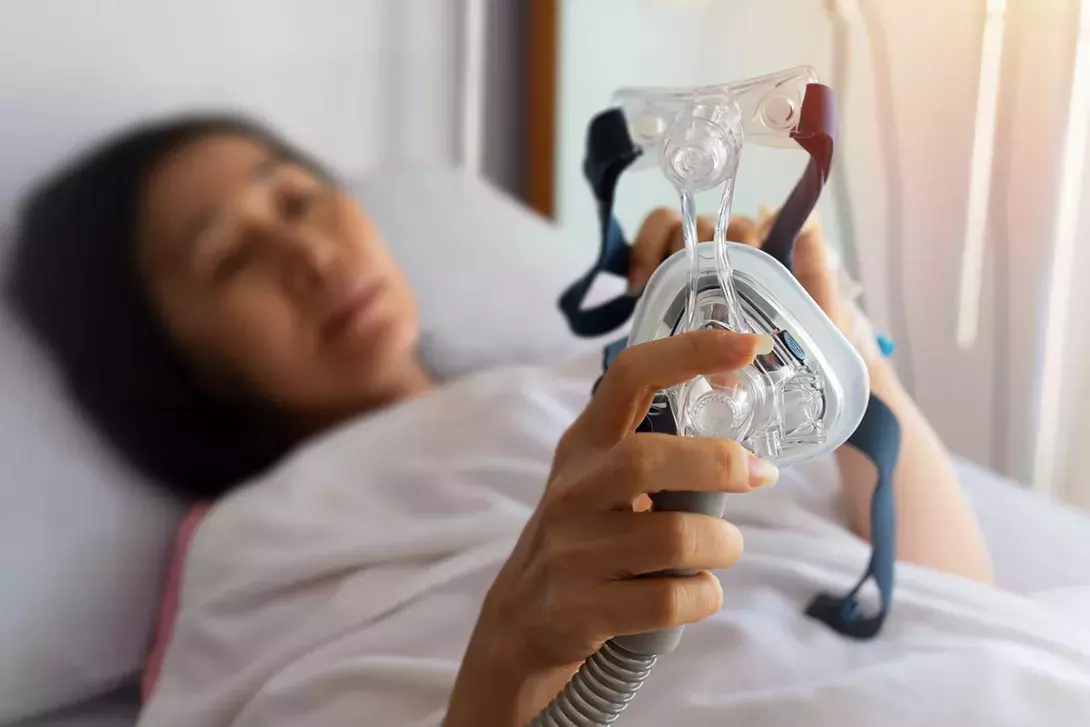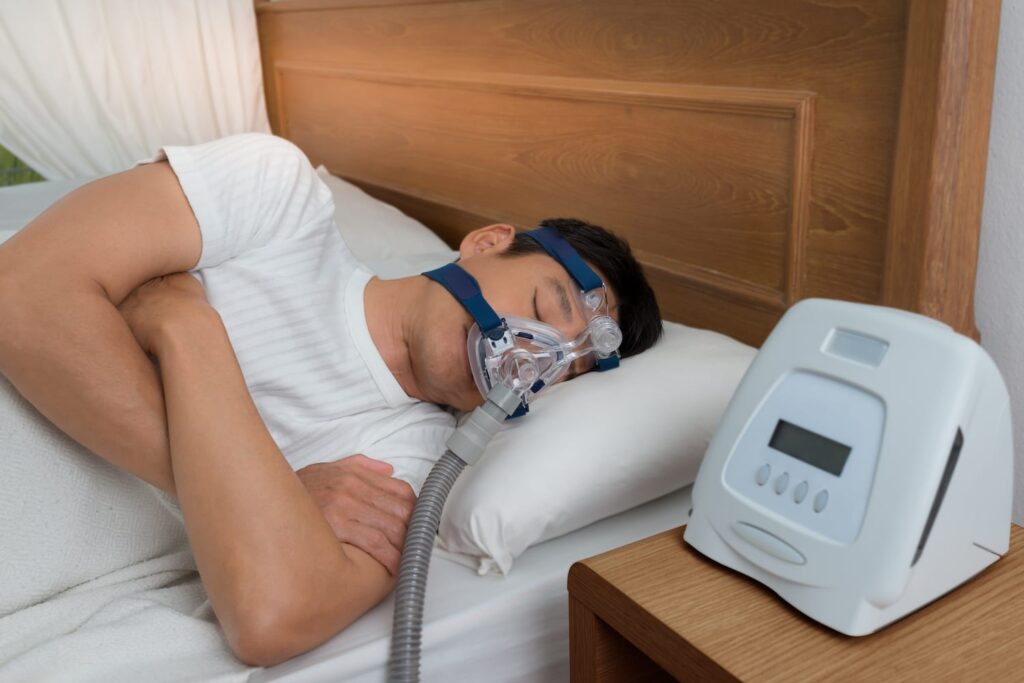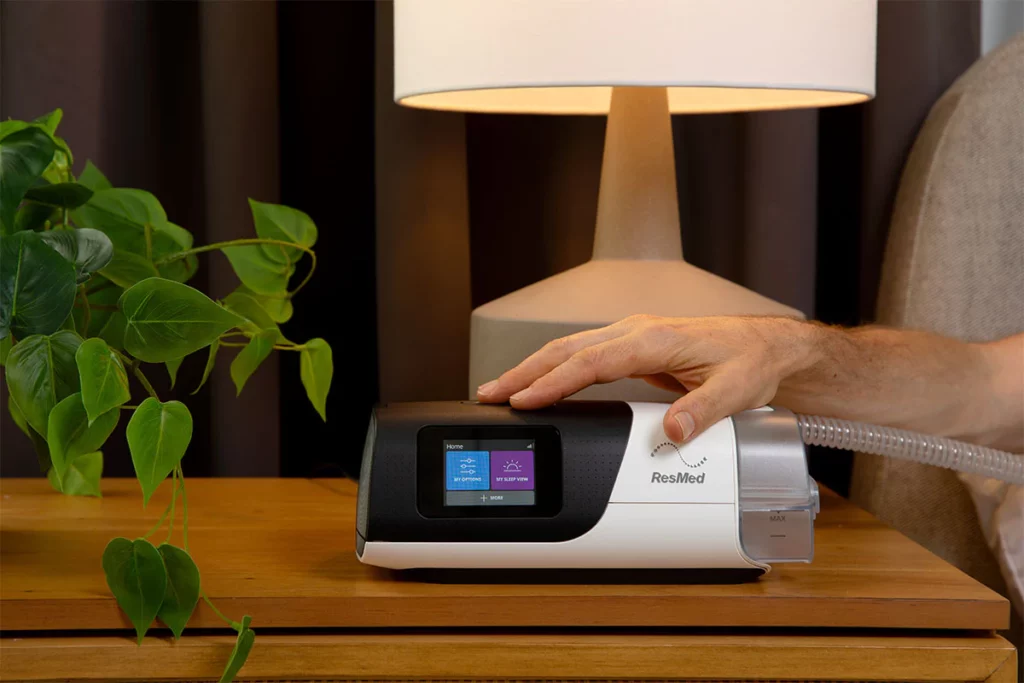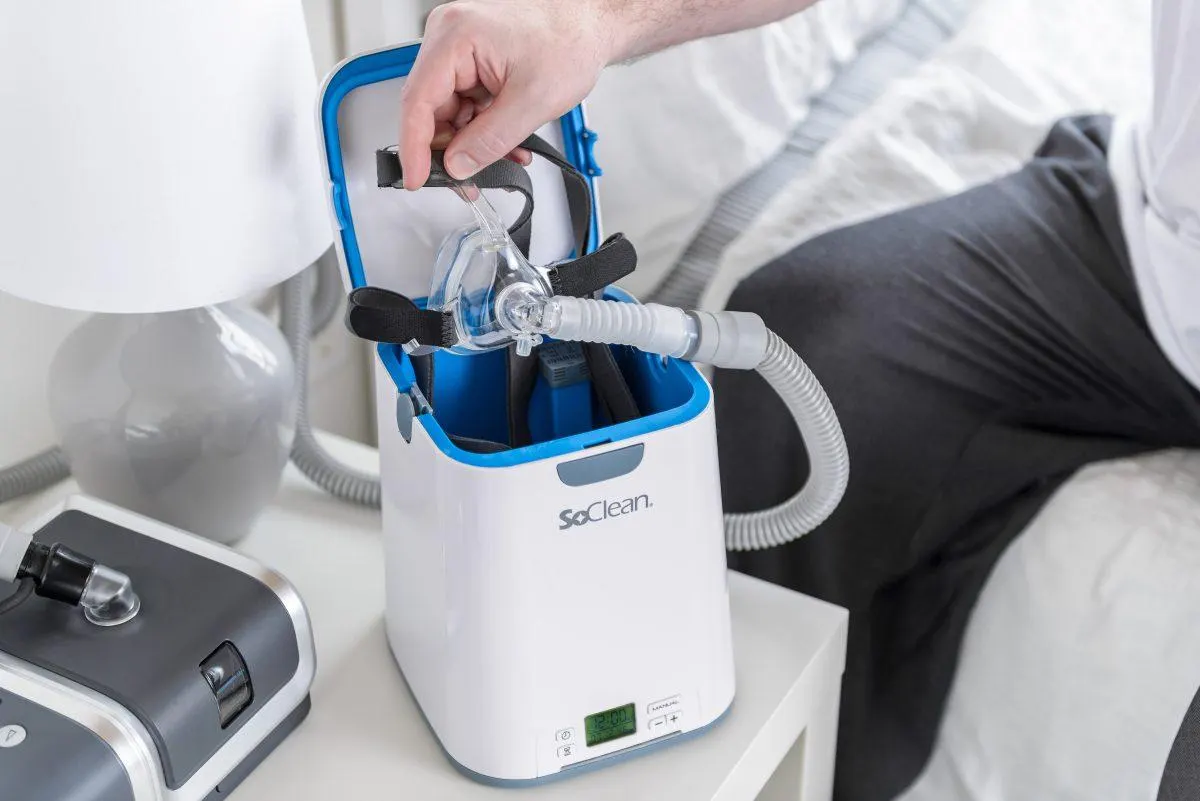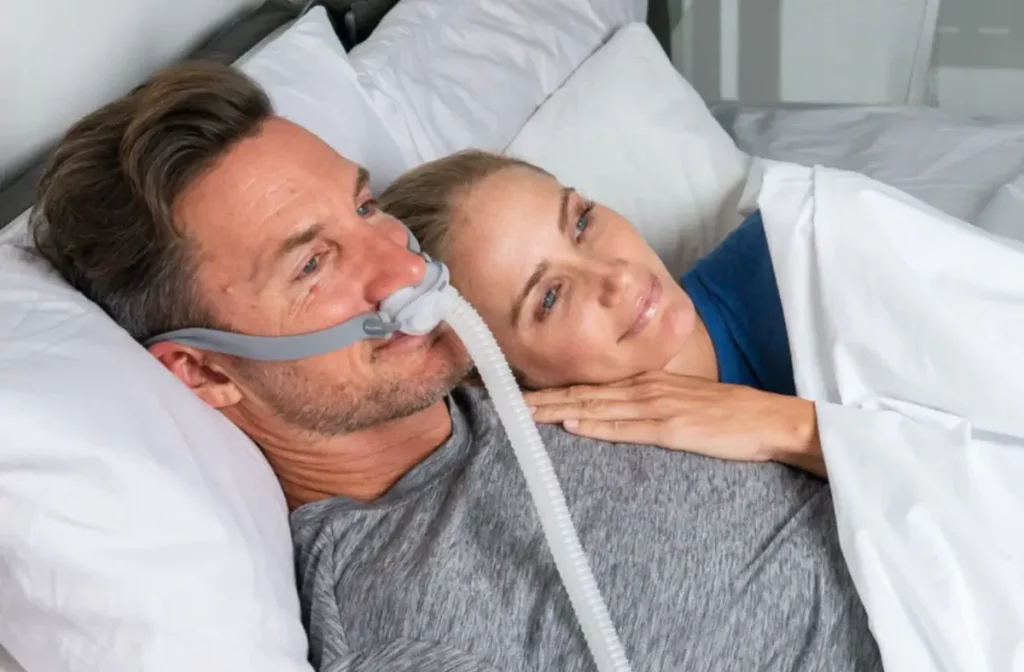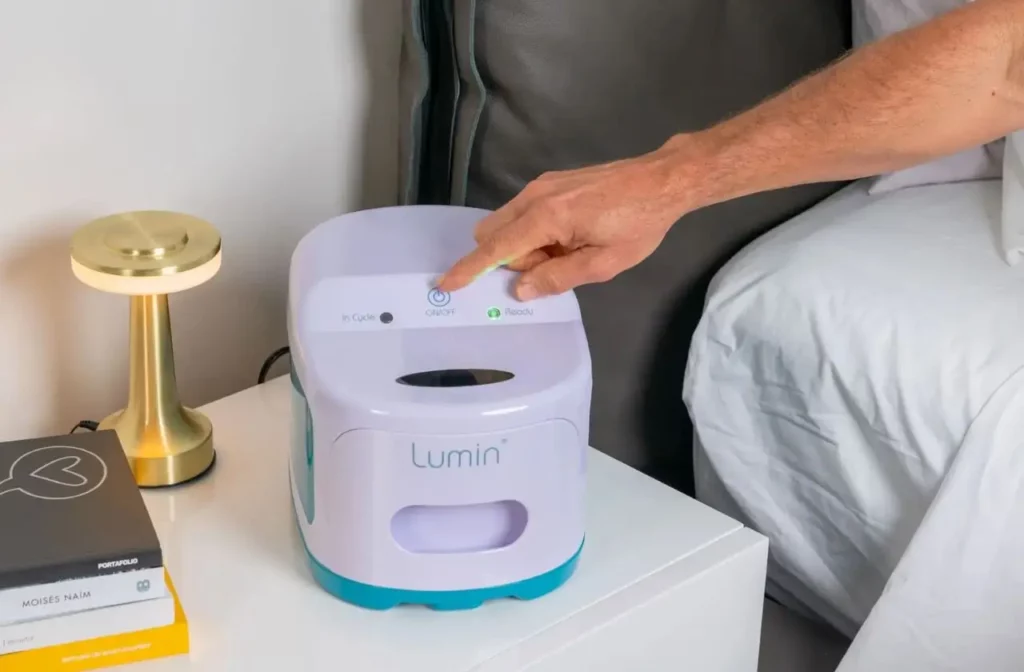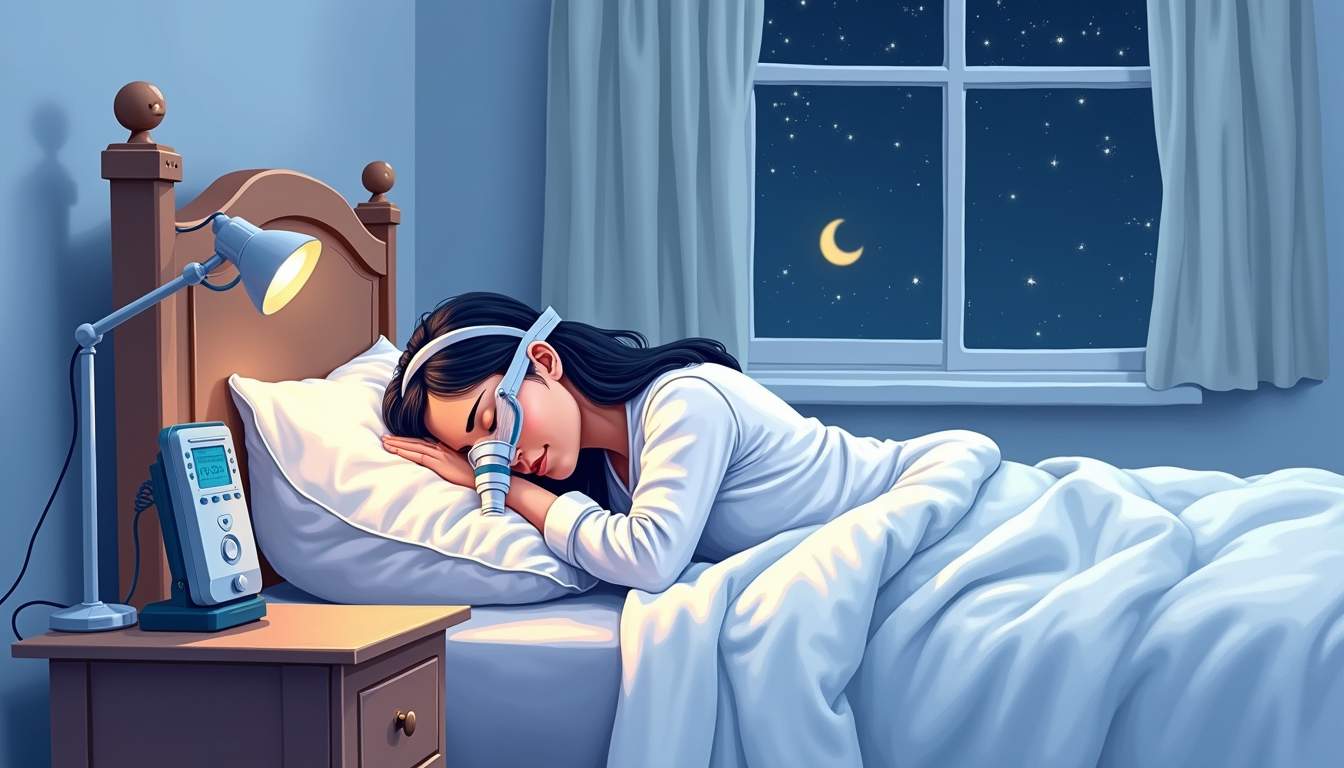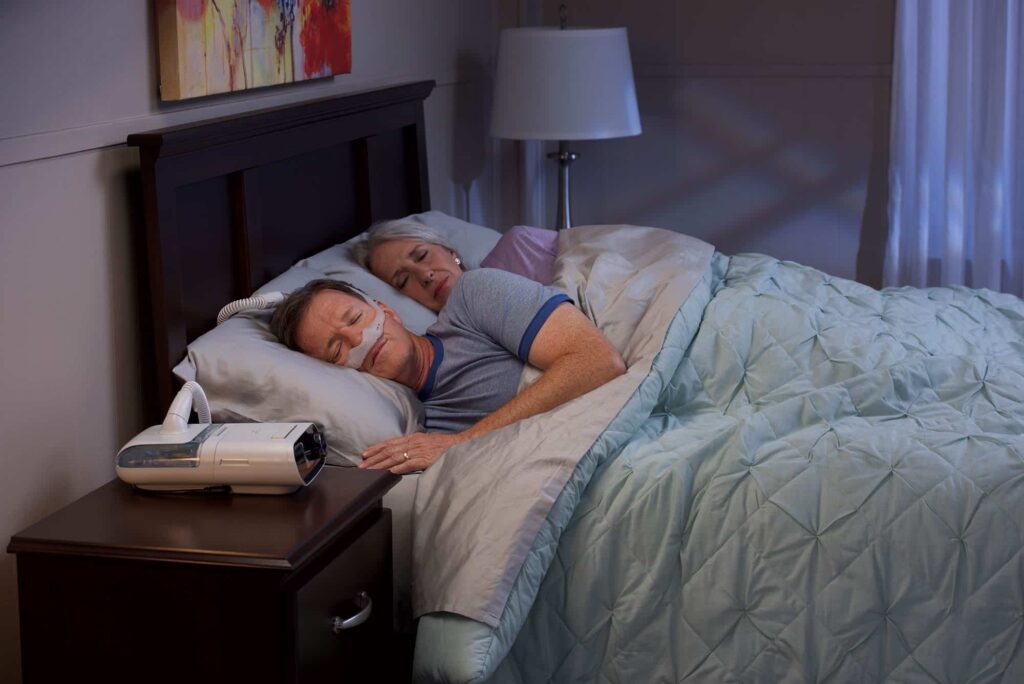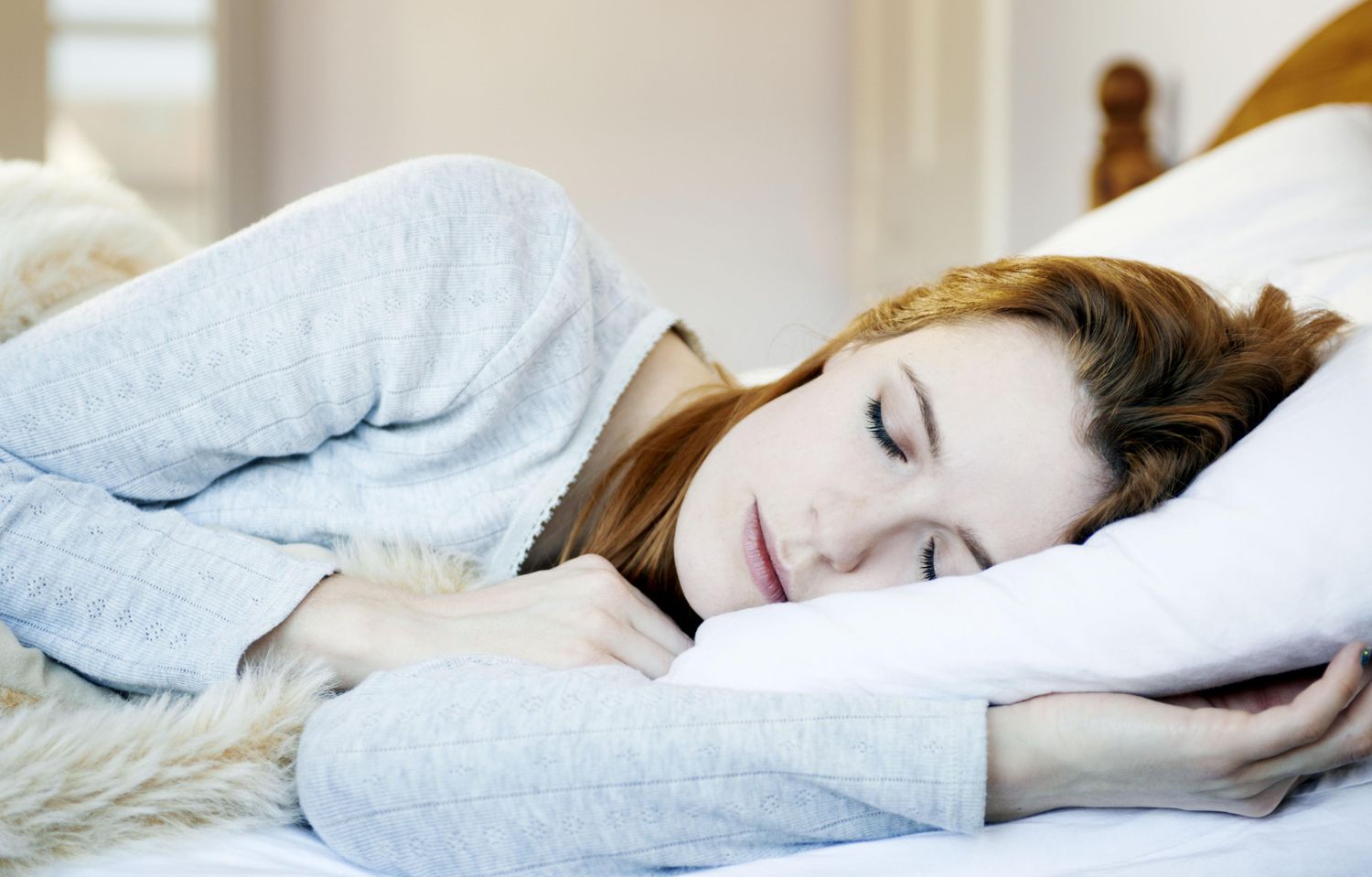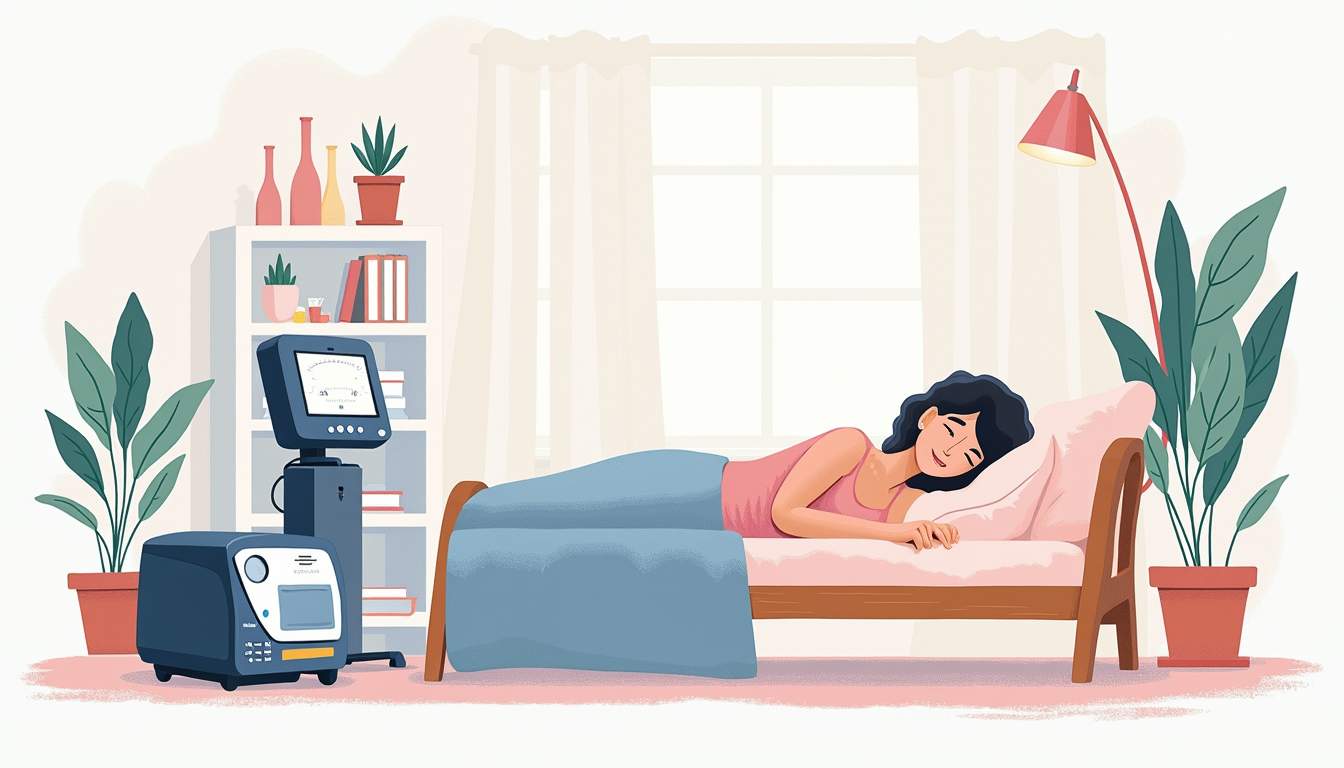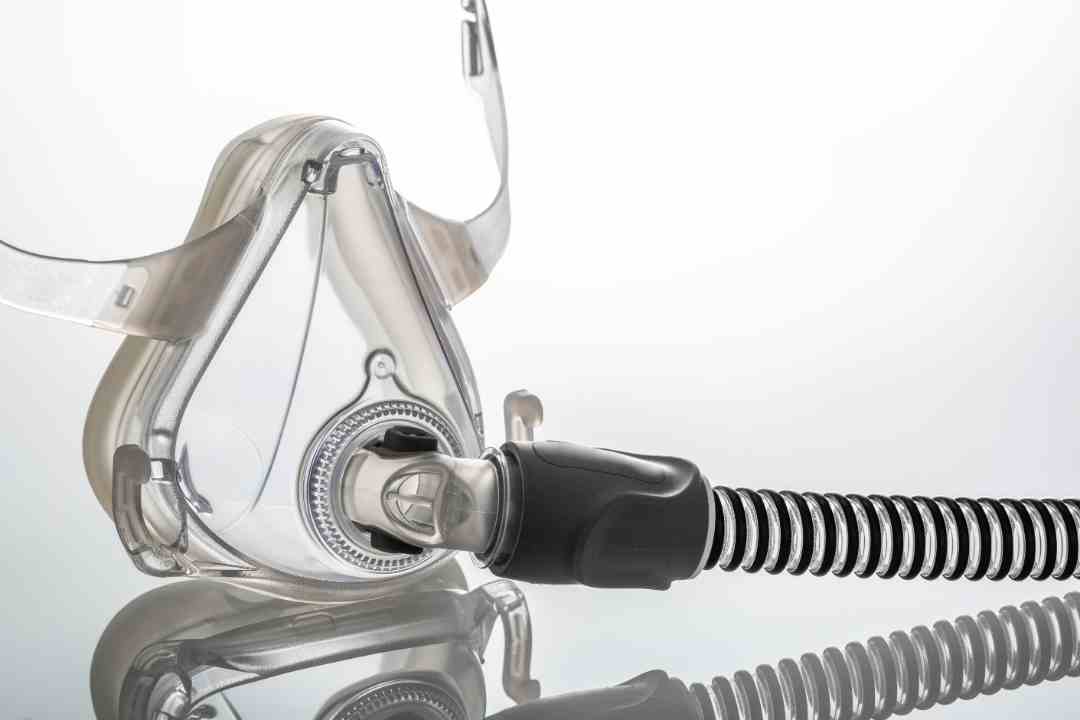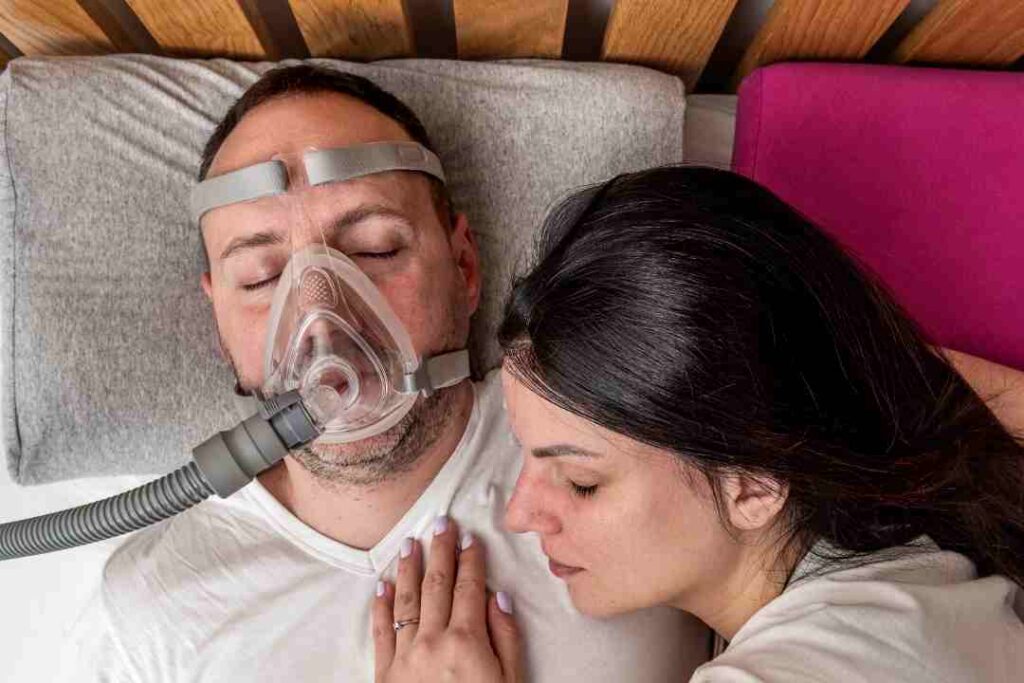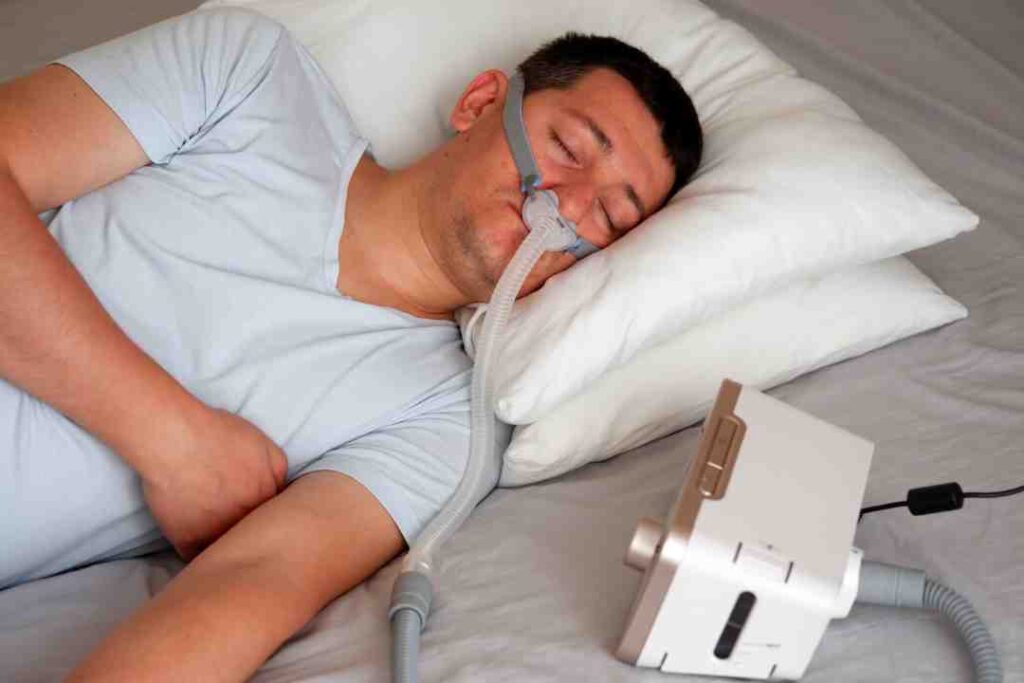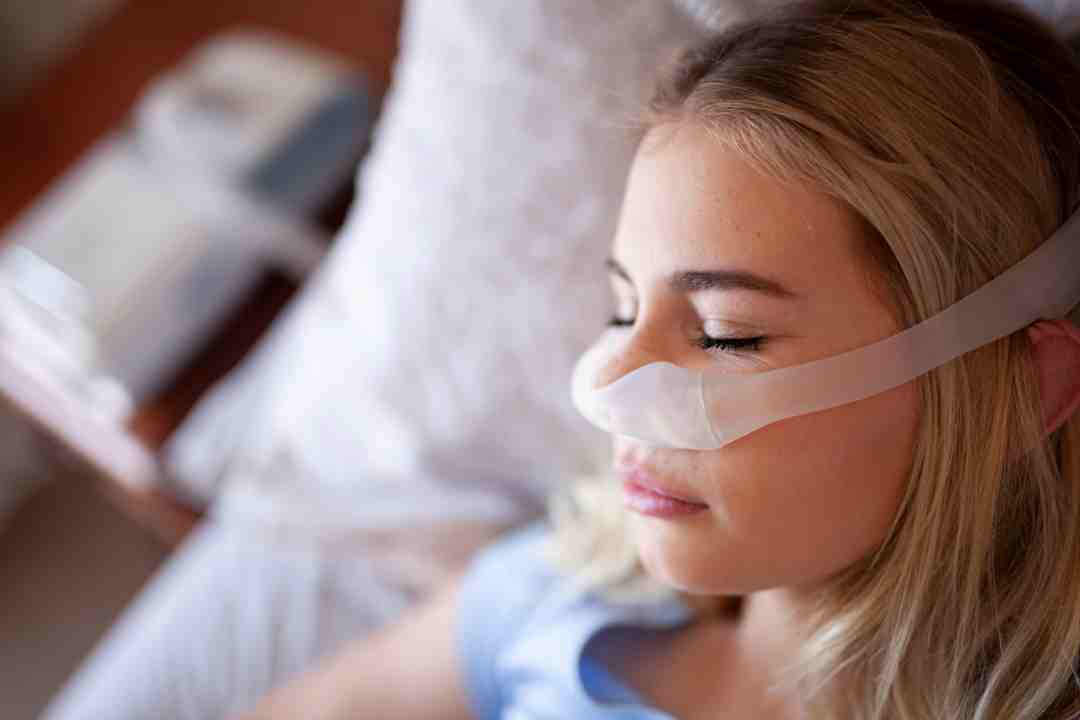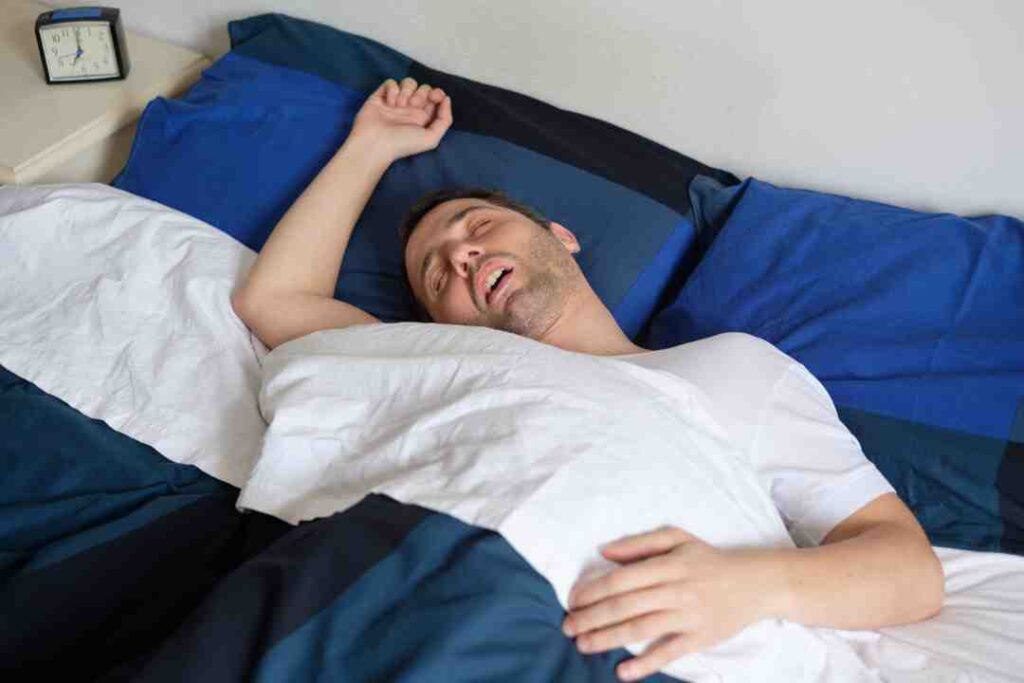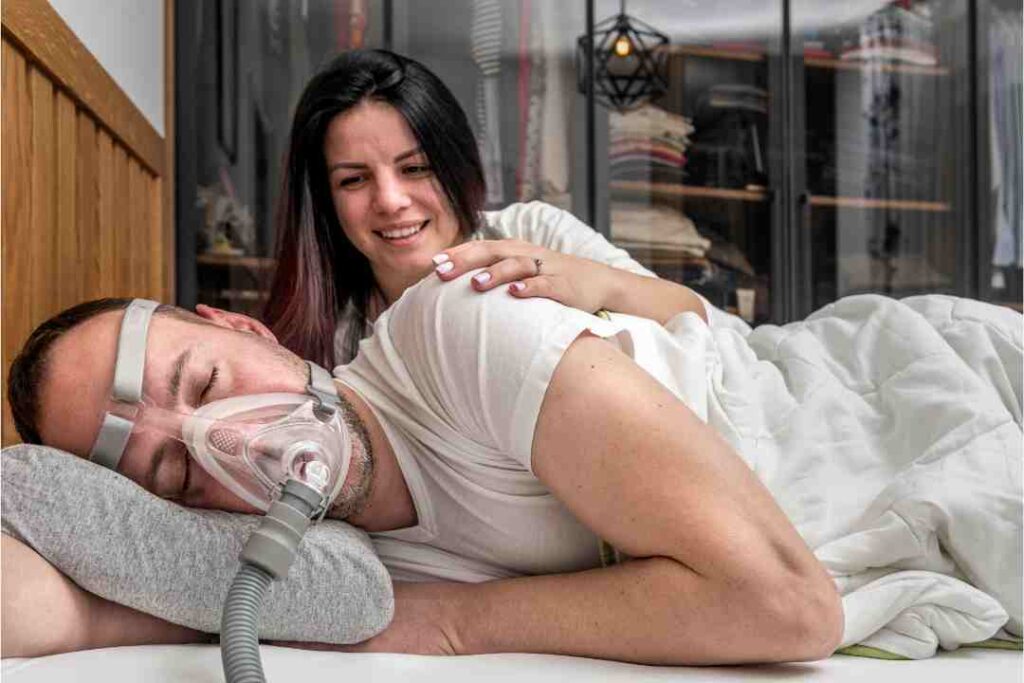Bulk-Bill Sleep Study in Brisbane: What You Need to Know
Sleep disorders are increasingly prevalent in today’s fast-paced world, affecting millions of Australians. For those residing in Brisbane, the option of a bulk-billed sleep study can provide an accessible solution to diagnose and treat these conditions. This article aims to shed light on what a bulk-bill sleep study entails, the process involved, and the benefits it offers to patients.
Understanding Sleep Studies
What is a Sleep Study?
A sleep study, or polysomnography, is a comprehensive test used to diagnose sleep disorders. It records various bodily functions while a person sleeps, including brain activity, eye movements, heart rate, and breathing patterns. This information helps healthcare professionals identify issues such as sleep apnoea, insomnia, and restless leg syndrome.
Bulk-billed sleep study Brisbane present a valuable opportunity for individuals struggling with sleep disorders to receive the necessary diagnosis and treatment without the burden of financial stress. By understanding the process, benefits, and potential challenges, patients can make informed decisions about their sleep health.
In a clinical setting, sleep studies are typically conducted overnight in a sleep clinic or at home using portable monitoring devices. The data collected during the study is crucial for formulating an effective treatment plan tailored to the individual’s needs. During the study, patients are monitored for several hours, allowing specialists to observe the various stages of sleep, including REM (Rapid Eye Movement) and non-REM sleep. These stages are essential for understanding the overall sleep architecture and can reveal disruptions that may not be apparent during a standard consultation.
Why Consider a Bulk-Billed Sleep Study?
Bulk billing is a payment option that allows patients to receive medical services without any out-of-pocket expenses. In the context of sleep studies, this means that eligible patients can undergo testing without worrying about the financial burden often associated with medical procedures. This is particularly beneficial for those who may be under financial strain or lack private health insurance.
Bulk-billed sleep studies are often available through public hospitals or accredited sleep clinics that offer this service. Patients should check their eligibility with their healthcare provider to ensure they can take advantage of this option. Furthermore, the accessibility of bulk-billed sleep studies is a significant step towards improving public health, as it encourages individuals who may otherwise avoid seeking help to address their sleep issues. By removing financial barriers, more patients can receive timely diagnoses and appropriate treatments, leading to better health outcomes and enhanced quality of life. Additionally, these studies can help raise awareness about the importance of sleep health, prompting broader discussions about lifestyle changes that can improve sleep hygiene.
The Process of a Bulk-Bill Sleep Study
Initial Consultation
The journey towards a bulk-billed sleep study begins with an initial consultation with a general practitioner (GP) or a sleep specialist. During this appointment, the doctor will assess the patient’s symptoms, medical history, and lifestyle factors that may contribute to sleep disturbances.
After a thorough evaluation, the doctor may recommend a sleep study if they suspect a sleep disorder. If the patient is eligible for bulk billing, the doctor will provide the necessary referrals and documentation to facilitate the process.
Preparing for the Sleep Study
Preparation for a sleep study is relatively straightforward. Patients may be advised to avoid caffeine and alcohol in the days leading up to the test, as these substances can interfere with sleep patterns. Additionally, it’s important to maintain a regular sleep schedule to ensure accurate results.
On the night of the study, patients will arrive at the clinic or set up the home monitoring equipment as directed. They will be connected to various sensors that monitor their sleep throughout the night. While this may seem daunting, trained professionals will guide patients through the process, ensuring comfort and understanding. Read more about comfort at https://pubmed.ncbi.nlm.nih.gov/32430447/
The Sleep Study Experience
During the sleep study, patients will be monitored closely, with data being collected throughout the night. In a sleep clinic, this typically involves spending the night in a private room equipped with cameras and monitoring equipment. For home-based studies, patients will wear a portable device that tracks their sleep patterns.
Patients may feel a bit uneasy at first, but the environment is designed to be as comfortable as possible. The aim is to replicate a natural sleep setting, allowing for accurate data collection. The study usually lasts for a full night, and patients can expect to be woken up in the morning to discuss the next steps.
Throughout the night, various physiological parameters are recorded, including brain activity, heart rate, and oxygen levels. This comprehensive monitoring helps to identify specific sleep disorders such as sleep apnoea, insomnia, or restless leg syndrome. The data collected is invaluable, as it allows specialists to tailor treatment plans that address the unique needs of each patient, thereby improving their overall quality of life.
Following the completion of the study, patients will typically receive a follow-up appointment where the results will be discussed in detail. This is an essential part of the process, as understanding the findings can empower patients to take control of their sleep health. In some cases, further tests or treatments may be recommended, ensuring that patients have access to the best possible care tailored to their specific condition.
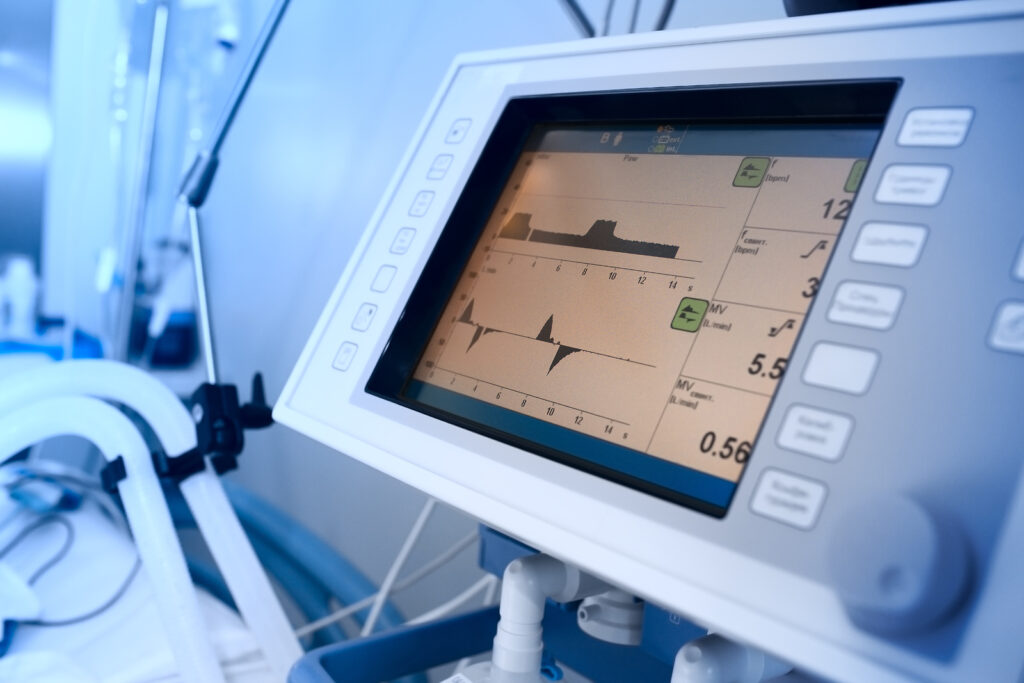
Interpreting the Results
What Happens After the Study?
Once the sleep study is complete, the collected data will be analysed by a sleep specialist. This analysis will help identify any sleep disorders present and determine their severity. Patients can expect to receive a follow-up appointment to discuss the results in detail.
During this appointment, the specialist will explain the findings and recommend appropriate treatment options. This may include lifestyle changes, the use of continuous positive airway pressure (CPAP) devices for sleep apnoea, or medication for insomnia.
Understanding Your Diagnosis
Receiving a diagnosis can be a turning point for many individuals suffering from sleep disorders. Understanding the specific condition can empower patients to take control of their health. It’s important to ask questions during the follow-up appointment to clarify any uncertainties regarding the diagnosis and treatment plan. To learn more about diagnosis click here.
Moreover, patients should feel encouraged to discuss any concerns or preferences regarding treatment options. A collaborative approach between the patient and healthcare provider often leads to the most effective outcomes.
Benefits of Bulk-Bill Sleep Studies
Accessibility and Affordability
One of the most significant advantages of bulk-billed sleep studies is their accessibility. With the rising awareness of sleep disorders, the demand for testing has increased. Bulk billing ensures that financial constraints do not prevent individuals from seeking the help they need.
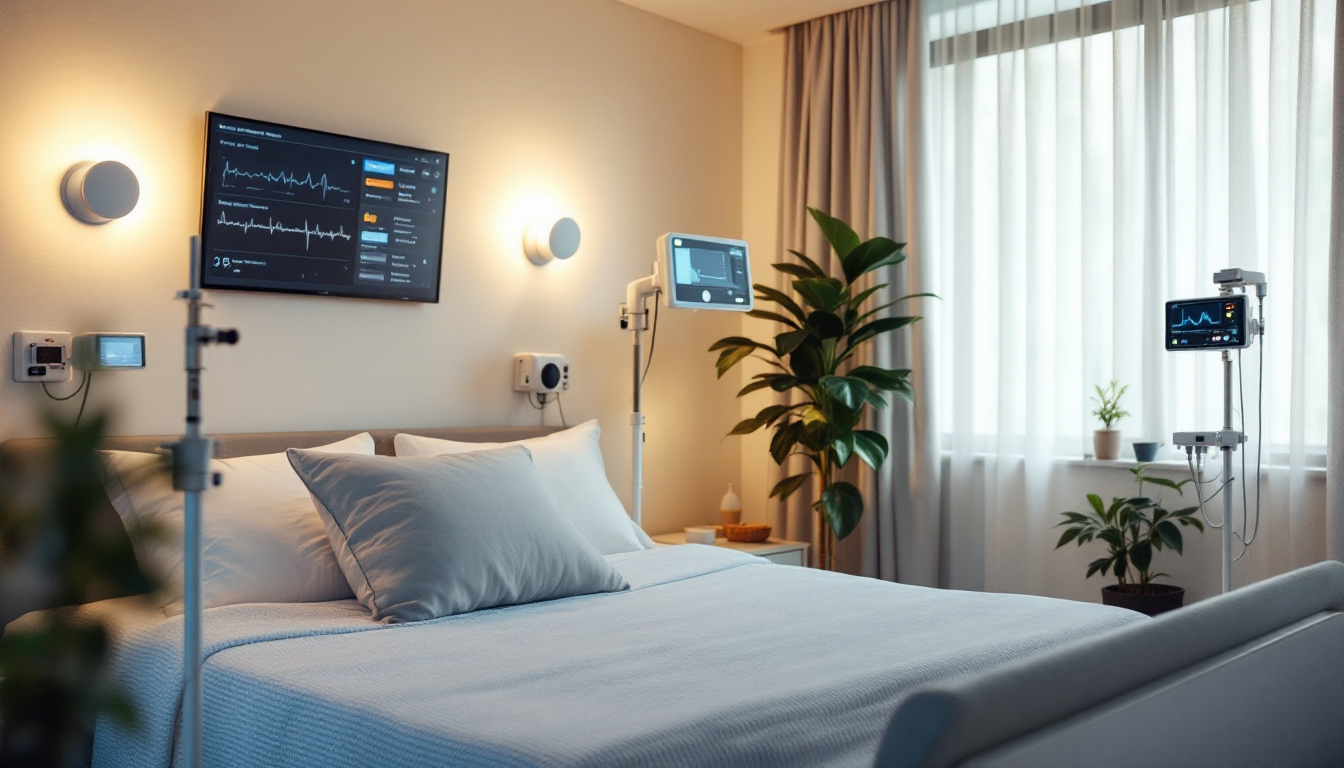
By removing the cost barrier, more people can access essential diagnostic services, leading to earlier detection and treatment of sleep disorders. This can ultimately improve overall health and quality of life.
Comprehensive Care
Bulk-billed sleep studies are typically conducted within a framework of comprehensive care. This means that patients not only receive diagnostic testing but also ongoing support and follow-up care. The integration of services ensures that patients are monitored throughout their treatment journey.
Additionally, healthcare providers can offer tailored advice and interventions based on the individual’s specific needs, leading to more effective management of sleep disorders.
Challenges and Considerations
Potential Limitations
While bulk-billed sleep studies offer numerous benefits, there are potential limitations to consider. Availability may vary depending on the region and the specific clinic. In some cases, patients may face waiting lists for appointments, which can delay diagnosis and treatment.
Moreover, the quality of sleep studies can differ between facilities. It is essential for patients to research and choose accredited clinics with a good reputation for conducting sleep studies to ensure reliable results.
Staying Informed
Patients should remain proactive in their health journey. Staying informed about sleep disorders, treatment options, and available services is crucial. Engaging in discussions with healthcare providers and seeking second opinions can also be beneficial.
Furthermore, patients should not hesitate to voice any concerns regarding their sleep health. Open communication with healthcare professionals can lead to better outcomes and a more personalised approach to treatment.
Conclusion
As sleep plays a vital role in overall well-being, addressing sleep disorders promptly is essential. With the right support and resources, individuals can reclaim their sleep and improve their quality of life. For those in Brisbane, exploring bulk-billed sleep study options may be the first step towards a healthier, more restful future.
